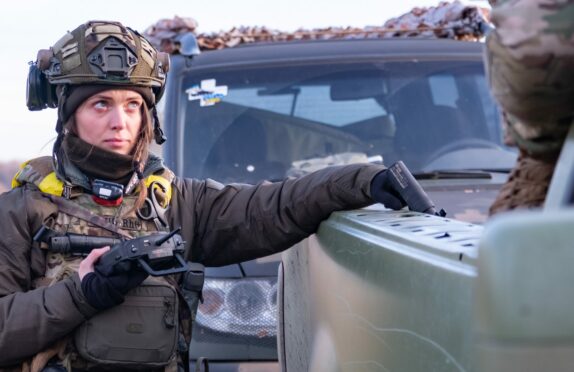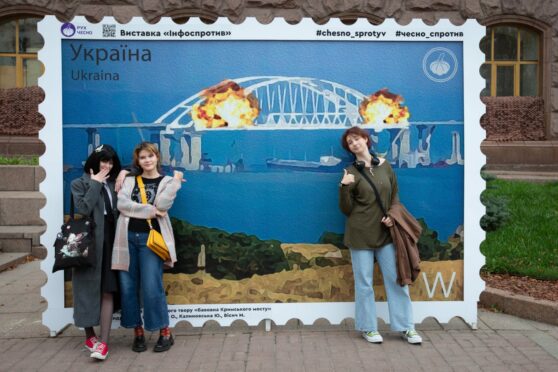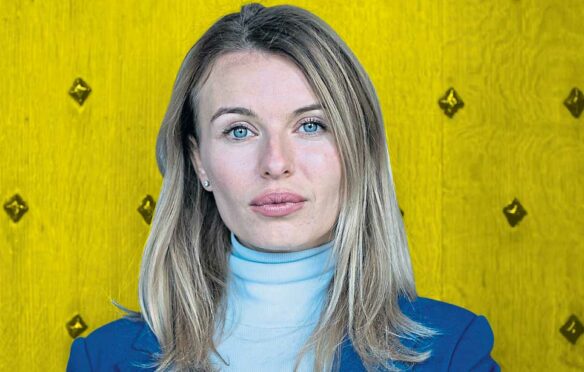
Russian President Vladimir Putin could keep Russian forces on the Ukraine border for months even if he decides not to invade, according to expert military analysts.
Admiral Lord West, the former head of the Royal Navy, said the Russians were enjoying world leaders urging Putin not to invade the former Soviet state.
He told The Post: “The Russians have in place the full capability to carry out an invasion at a moment’s notice. They haven’t withdrawn any forces. If anything, they have added a few. They have only shuffled a few of the pawns around.
“All indicators are they are going to do something. Putin is weighing up how much pain there will be for the gain of having Ukraine back in the fold. Part of the pain is whether Ukraine will turn into a quagmire with lots of casualties. Part of it is what are the economic impacts. I don’t think he is overly worried about some of these – he doesn’t believe the West will be able to apply them comprehensively enough. I hope the equation is showing him there will be too much pain.”
He added: “He can keep this going for ages and he is loving it because he wants to show his public he is a great figure on the world stage.”
Joanna Szostek, associate fellow of the Russia and Eurasia Programme at Chatham House and Glasgow University lecturer in political communication, said: “I would imagine this could go on for a while.
“Russia is not short of resources and this is clearly a priority for the Kremlin. It is a case of who blinks who first.”
Leigh Turner, Britain’s former ambassador to Ukraine, said the key was to engage and to show a “prickly and neuralgic” Russia it is being taken seriously. He said: “The nuts and bolts are about missile deployments, exercises – how you do them, when you announce them and about troop deployments – how to avoid startling the other side.
“I don’t subscribe to the arguments the West missed a trick in its Russia engagement. The UK and other countries have been trying for decades to engage Russia at every level.
“But since around 2000 it has become increasingly difficult and a series of events – the Litvinenko poisoning, the invasion and annexation of Crimea, the invasion of eastern Ukraine, the shooting down of Malaysia Airlines Flight 17, the Skripal poisoning, and now the latest round of military actions – have made it difficult to build confidence the Russians are serious about building trust.
“But we have to keep trying – the alternative is just too grim.”

Enjoy the convenience of having The Sunday Post delivered as a digital ePaper straight to your smartphone, tablet or computer.
Subscribe for only £5.49 a month and enjoy all the benefits of the printed paper as a digital replica.
Subscribe

